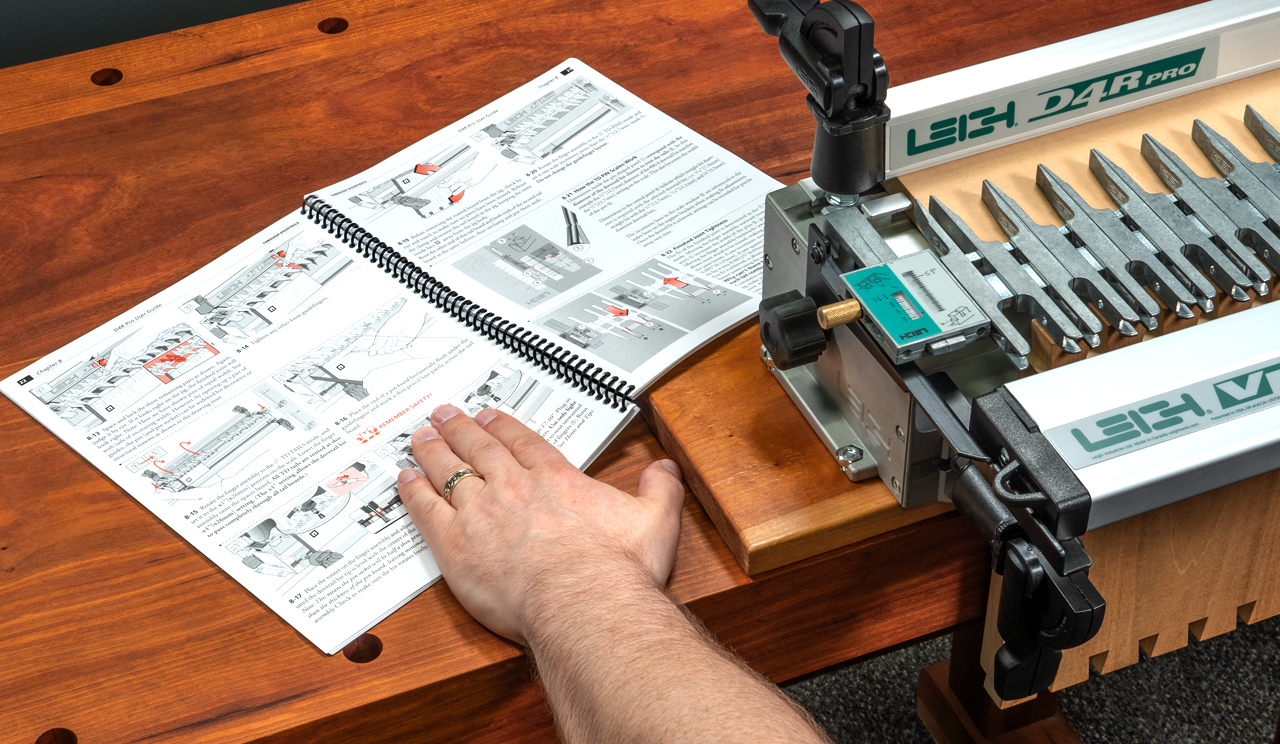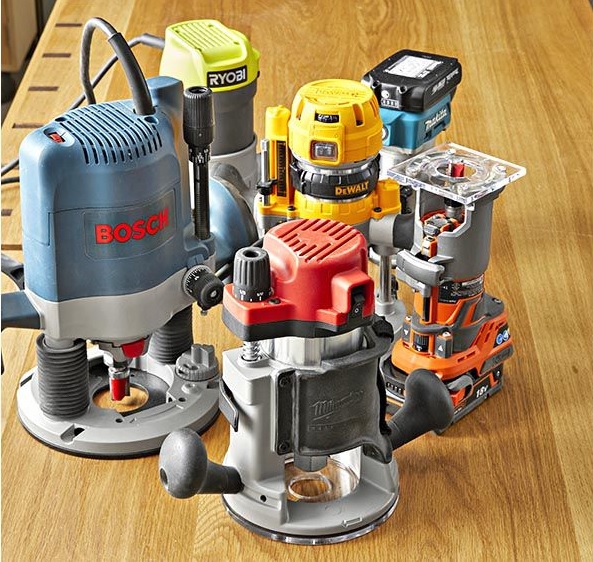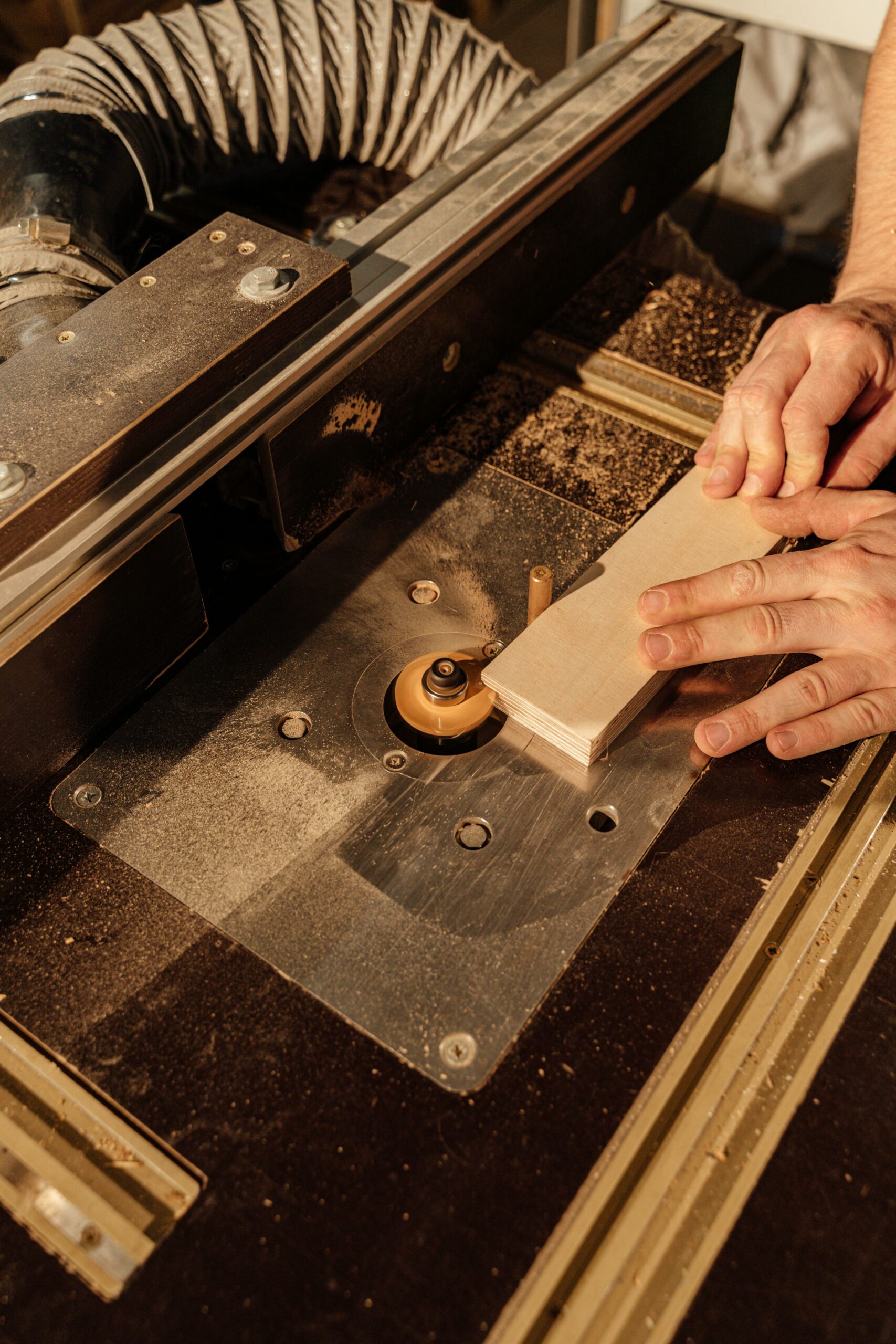A Guide to Choosing the Right Wood Router for Your Projects

When it comes to woodworking, a wood router is an indispensable tool that can elevate your craft to new heights. From shaping edges to hollowing out areas, routers offer versatility that can enhance both functionality and aesthetics in your projects. However, with various types and features available, selecting the right wood router can be daunting. Here’s a guide to help you make an informed choice.

Understanding Router Types
Wood routers come in two main types: fixed-base routers and plunge routers.
- Fixed-base routers are ideal for edge work and more straightforward tasks, providing stability for tasks like trimming and pattern work. Their design allows for precise depth adjustments, making them perfect for beginners or those focusing on specific profiles.
- Plunge routers, on the other hand, offer greater versatility, allowing you to lower the bit into the wood. This feature is particularly useful for hollowing out large areas or making inlays. If your projects require intricate detailing or complex shapes, a plunge router might be the better choice.
Motor Power and Speed
When selecting a router, consider its motor power, typically measured in horsepower (HP) or amps. Higher horsepower provides more torque, which is essential for handling dense materials. A router with a variable speed setting is also beneficial, as it allows you to adjust the RPM based on the bit size and material type. For example, larger bits perform better at lower speeds, while smaller bits can operate at higher speeds without risk of burning the wood.
 Router Bits
Router Bits
Another crucial factor is the compatibility of router bits. Most routers use either 1/4-inch or 1/2-inch shank bits. A router that accepts both sizes offers flexibility and convenience, allowing you to tackle a wider variety of tasks without needing additional tools.

Additional Features
Look for routers with features that enhance usability. Soft-start technology reduces the initial kickback when starting the tool, making it safer and easier to handle. A fixed base with clear visibility aids precision, while ergonomic handles can make extended use more comfortable. Dust collection systems are also beneficial for keeping your workspace clean and improving visibility.
Choosing the right wood router can significantly impact the quality of your woodworking projects. By understanding the different types, considering motor power, and evaluating additional features, you can find a router that meets your specific needs. Whether you’re a novice looking to embark on your woodworking journey or an experienced craftsman seeking to expand your capabilities, investing in the right router is essential for achieving precision and creativity in your work.
Comments
Add comment